Through GiGL’s project to update the Ancient Woodland Inventory for Greater London, we are identifying unrecognised ancient woodland sites (areas that have been continuously wooded since at least 1600 AD) across the capital. By ensuring their inclusion within the inventory, we hope that these woodlands will be able to receive the protection and management they deserve. We have learnt about an exciting project in Haringey to restore ancient woodlands within the borough and Annabel Foskett, Haringey’s Nature Conservation Officer, has been kind enough to tell us all about it.
Rewild Grant Project – Haringey’s Ancient Woodlands
Following the announcement of a successful bid for the Rewild London Fund, Haringey has commenced ambitious plans to restore ancient woodlands within the borough. The grant, which was supported by the Mayor of London in partnership with the London Wildlife Trust, will enable us to focus on both short and long-term outcomes that address the ecological emergency and ensure sites are better managed, bigger and better connected. The project will also contribute to delivering the London Environment Strategy priority habitat targets.
| The Rewild London Fund has been made available by the Greater London Authority, with support from the London Wildlife Trust, to tackle barriers to good site management of London’s Sites of Importance for Nature Conservation (SINCs) and support projects that improve the resilience of the SINC network. As ancient woodlands are rare and important habitats, they form a vital part of London’s SINC network. |
Haringey’s existing ancient woodlands
Woodlands are home to a wealth of wildlife. Centuries of undisturbed soils, mature native trees and accumulated dead and decaying wood have created the perfect environment for communities of fungi, insects, birds and mammals, some of which are only found in ancient woodlands.
There are four ancient woodlands within Haringey: Bluebell Wood, Coldfall Wood, Queen’s Wood and Highgate Wood. All are managed by Haringey Council’s Parks Service except for Highgate Wood, which is managed by the City of London. This project will focus on the three woods that are managed by Haringey, but we are also working collaboratively with the City of London to provide recommendations for improving the management of Highgate Wood.
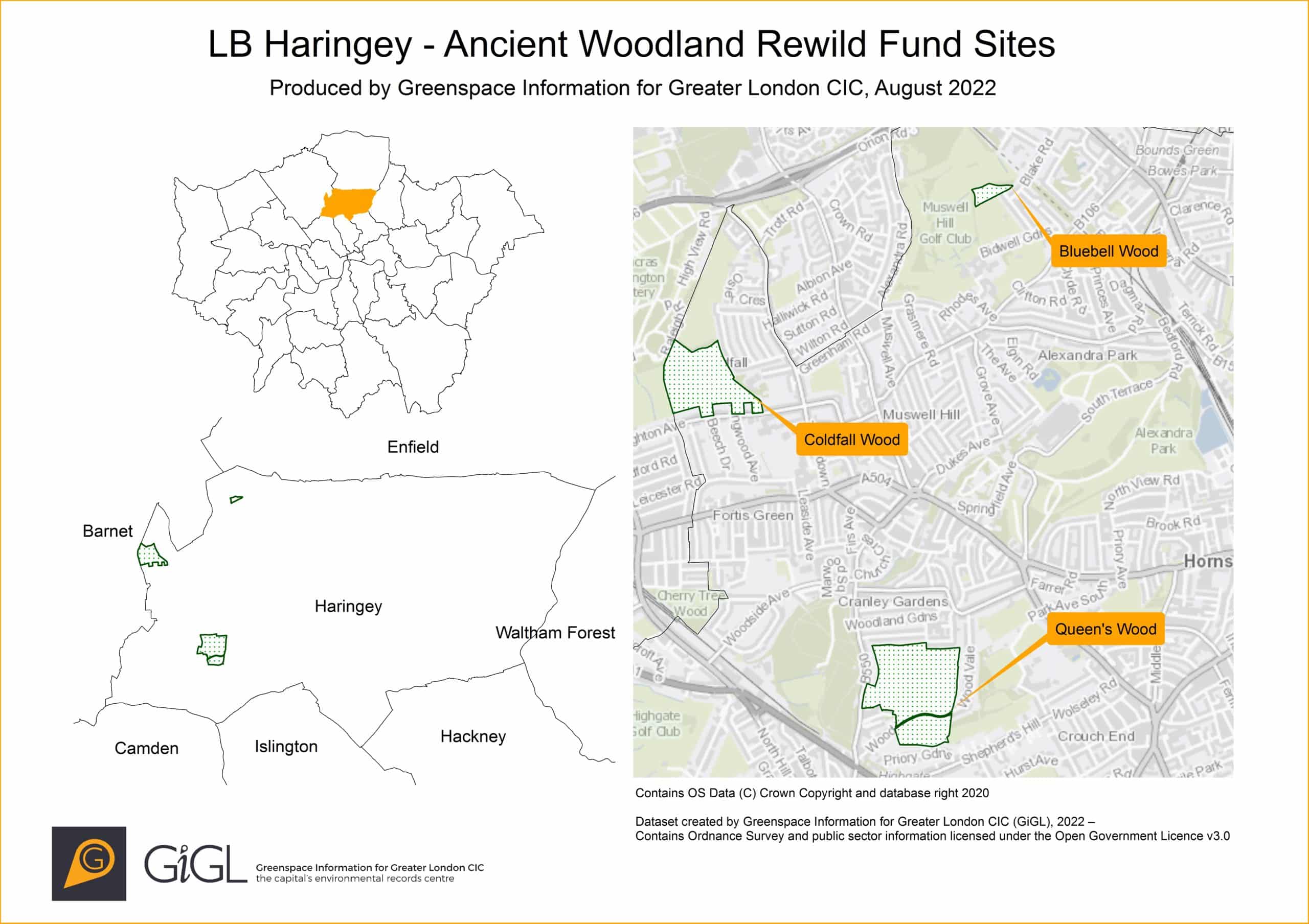
- Bluebell Wood is a small remnant of Tottenham Wood, just over an acre in size, which in 1619 covered 157 hectares of London. Dominated by sessile oak, the wood is home to a variety of wildlife including midland hawthorn and wild service tree – an ancient woodland indicator species.
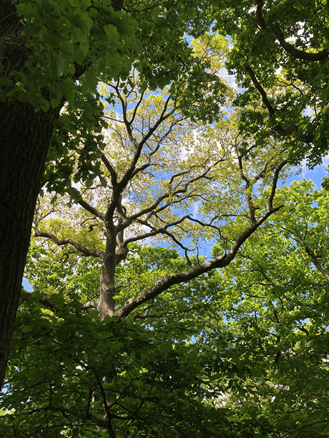
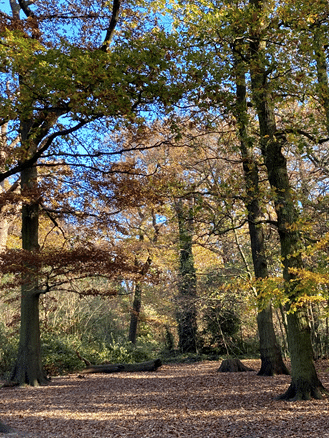
- Coldfall Wood is an ancient woodland of around 14 hectares close to the western border of Haringey. The wood is predominantly oak standard above hornbeam coppice and contains streams that flow through the wood.
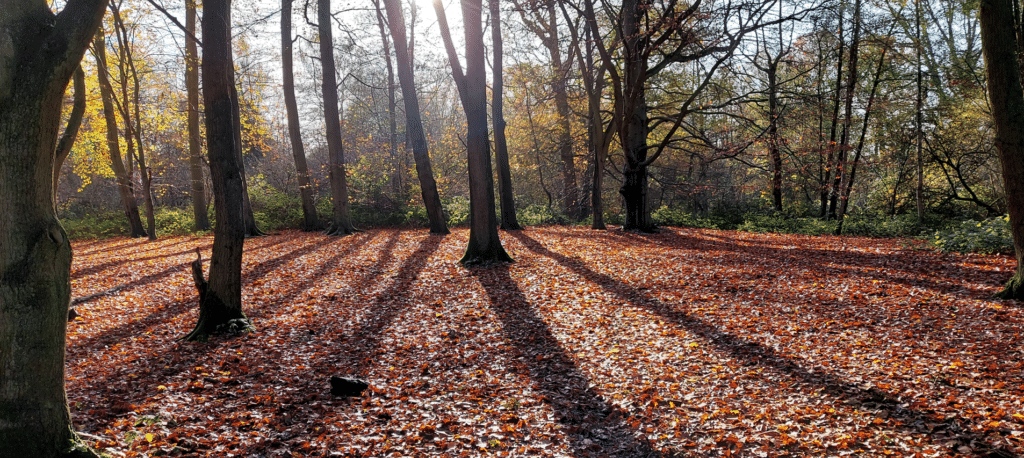
- Queen’s Wood is an ancient woodland of 21.54 hectares. Designated a Local Nature Reserve in 1990, the wood is predominantly oak and hornbeam. The scarce wild service tree is scattered throughout the wood and ground flora is particularly rich for somewhere so close to central London.
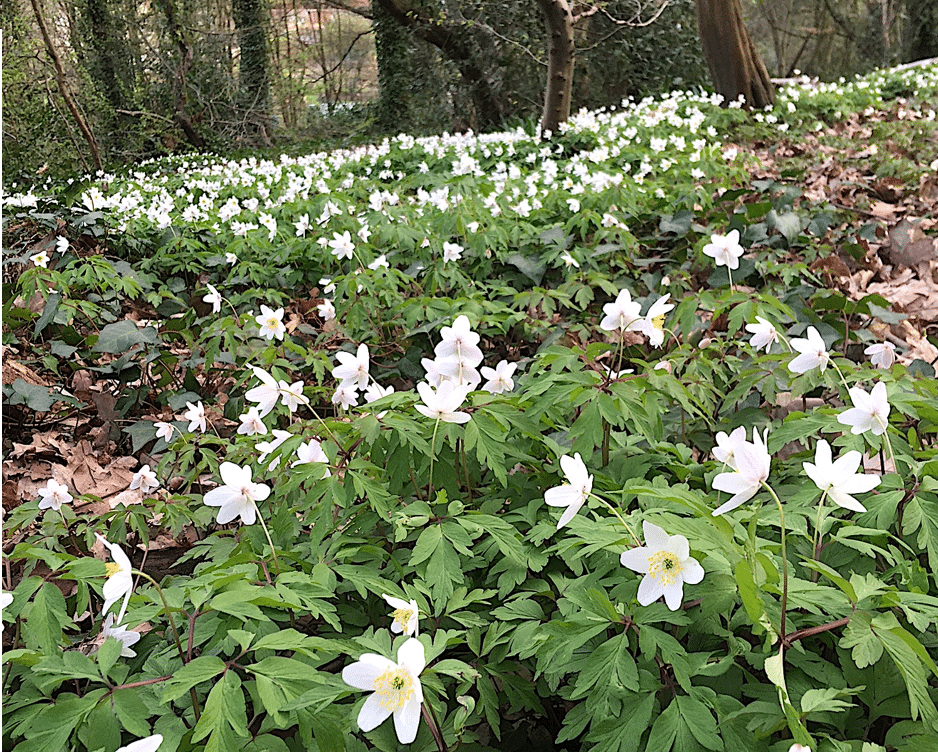
Need for the project
To make the case for the project, Haringey carried out a borough wide review of Sites of Importance for Nature Conservation (SINCs), delivered by MKA Ecology. Known nationally as Local Wildlife Sites, these are areas that have been recognised as being of particular importance to wildlife and diversity. As such, many ancient woodlands are designated SINCs, or form a component habitat of a larger SINC designation.
This review assessed the status of Haringey’s existing SINCs and identified sites that could be recommended for designation as new SINCs. As well as providing a baseline audit of habitats, the review also identified suitable options for restoration or enhancement and gave an insight into the threats to each habitats, helping to target appropriate management. The review of SINC status will assist the development of Haringey’s New Local Plan and will provide an important foundation for the Local Nature Recovery Strategy.
Detailed reports describing the habitats and species recorded within each SINC are available via GiGL. This includes information on invasive, non-native species and recommendations for enhancement and/or management. Information on accessing GiGL data can be found here.
During this review we found that these ancient woodlands were in decline, with a lack of suitable management activity leading to fragmented and compacted habitats with little or no regeneration. A lack of species diversity and the challenges of increased footfall, rising temperatures and more varied rainfall were also identified as threats to the woods reaching their true potential. Climate change is expected to have a number of impacts on UK forests, including lack of soil moisture and more varied water table levels limiting growth in some areas, and the increase risk of disease, pest outbreaks and fire.
However, it was recognised by the local community and Local Authority that the woodlands could deliver many multi-functional ecosystem and community benefits if developed in the correct manner.
Project aims and outcomes
This one-year partnership project will involve the collection of evidence on the condition and quality of these woodlands through surveys and data analysis. These findings will then inform short term management objectives that can act as stepping-stones to deliver longer-term goals (20-30 years) to be laid out in new 10 year management plans for each wood. This evidence will also be shared with GiGL to integrate into their London wide datasets.
Supporting the Council’s declaration of a Climate Emergency, many of these management objectives will work to increase the resilience of these woods to the impacts of climate change and ecological degradation. By managing the carbon footprint of the woodlands, protecting and promoting biodiversity, and helping to educate everyone in Haringey about their value, we hope to make great enhancements to the overall sustainability of the sites.
Throughout the project, we will promote community participation along with a range of volunteering opportunities to raise awareness of the importance of wildlife, climate change and wellbeing and to increase green skills amongst locals. Another major aim of the project is to provide inclusive woodlands that all communities in Haringey can benefit from, so that usage and enjoyment of our woodlands reflects the communities living in Haringey.
What we have achieved so far
Due to their lack of disturbance over hundreds of years, soils in ancient woodlands are complex and are known to provide important ecological services (e.g. carbon storage). A main aim of the project has therefore been to quantify and gain a better understanding of our woodlands’ soils. This summer, Simon Mason, of Soil Science Consultants Limited, completed soil surveys at all three woods collecting vital baseline data on things like relative biodiversity and carbon sequestration (storage) capacity of different areas of the woodlands. We will use this information to identify the impacts of previous management practices, such as coppicing, on surrounding soils, while also using it to guide the development of our management plans. It is hoped that overtime we will monitor the impacts of future management against these baseline data to allow us to confirm the effectiveness of different activities.
Local voluntary groups, such as The Friends of Queen’s Wood, Coldfall Wood and Bluebell Wood, as well as the wider community, are an instrumental part of this project. They have contributed to the project’s co-design and from the very beginning have actively helped us seek opportunities for biodiversity enhancement within the sites. They are also already taking steps to protect our woodlands from ecological degradation by carrying out conservation work including surveying and regular litter picking.
The Conservation Volunteers (TCV) have also undertaken several visits a year to all three ancient woodlands to carry out nature conservation works via volunteers. Most recently, in July and early August, TCV have organised some amazing Family Fun Day’s at each of the woodlands to get children from local schools to engage with and experience the sites. Children and their families were taught about the woods, their soils as well as the plants and animals that live there. Organised activities to look after the woodland were also provided and included leaf art, litter picking, woodland health checks, nature storytelling, mini-habitat building and wooden medal making.
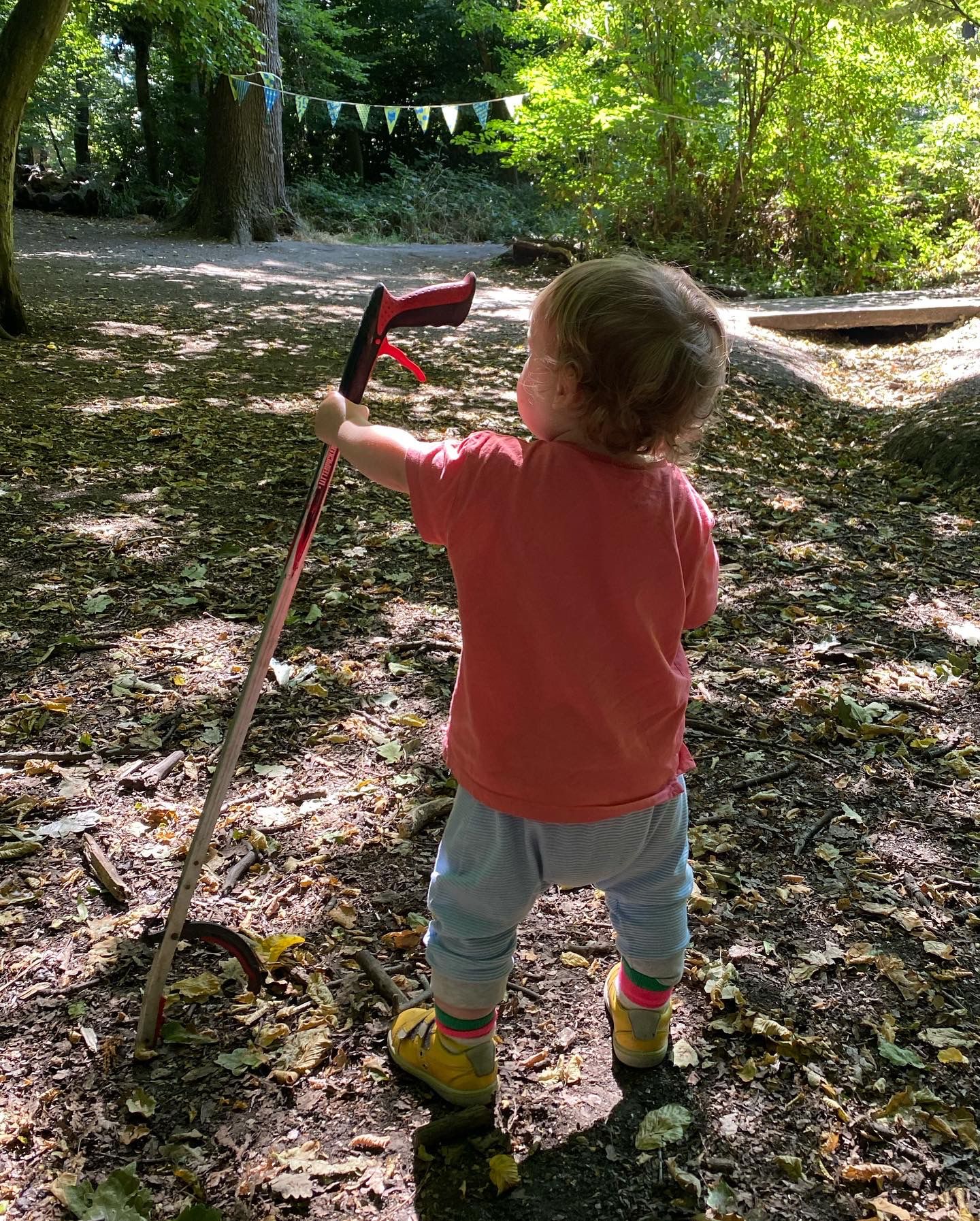
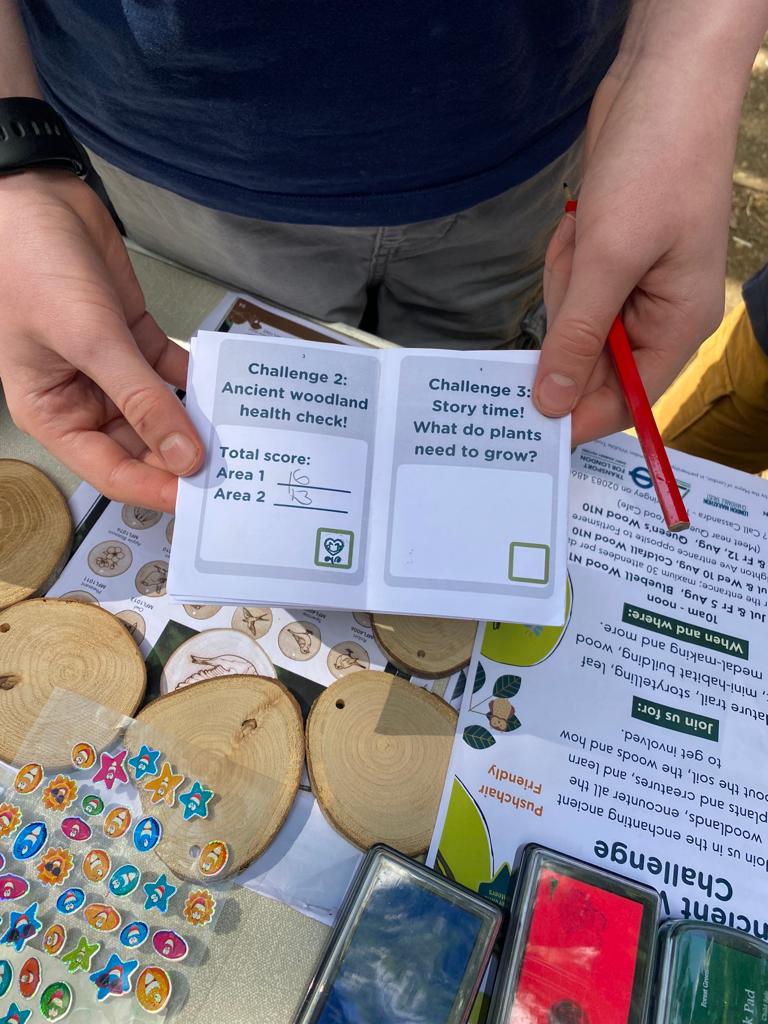
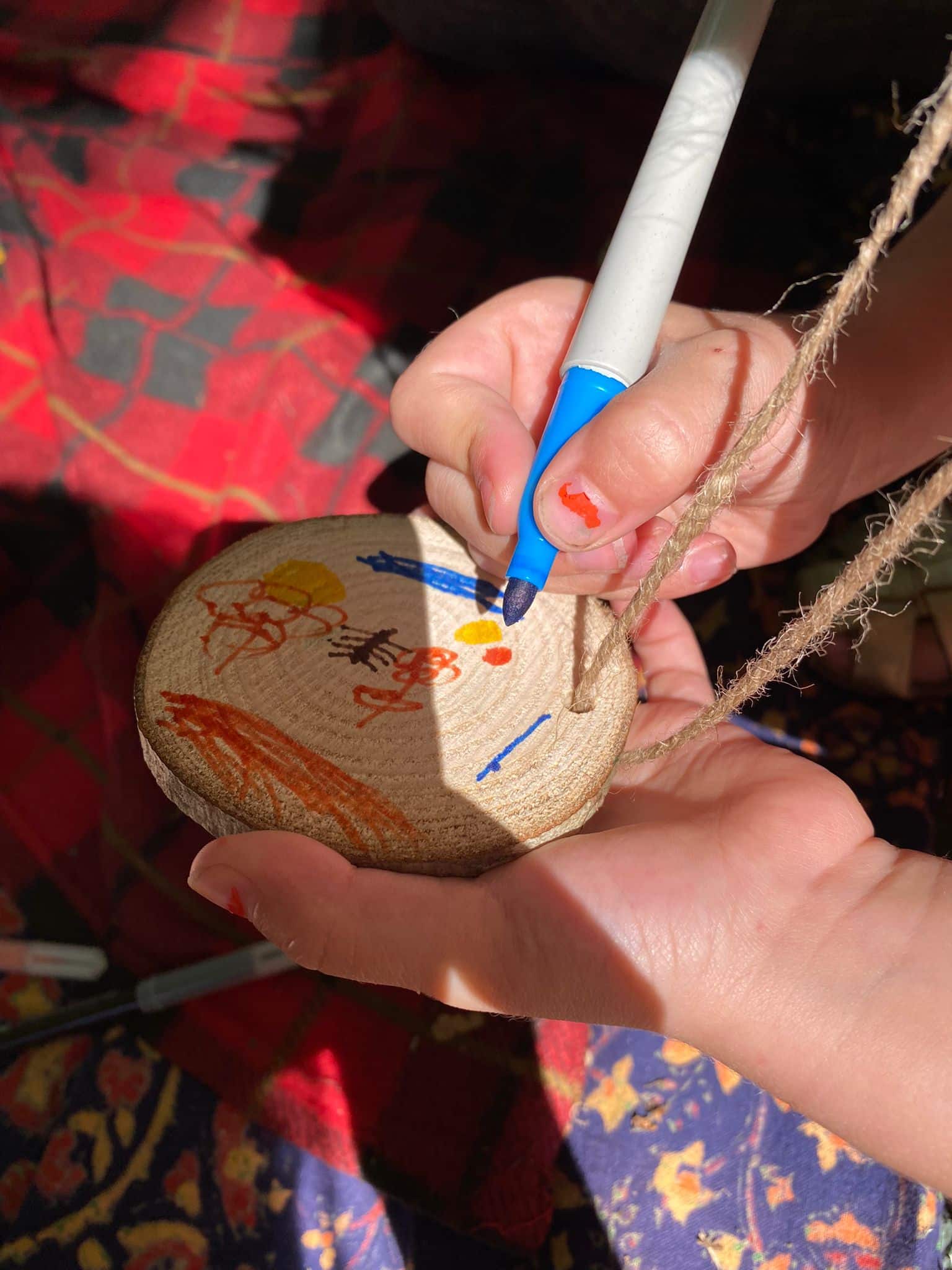
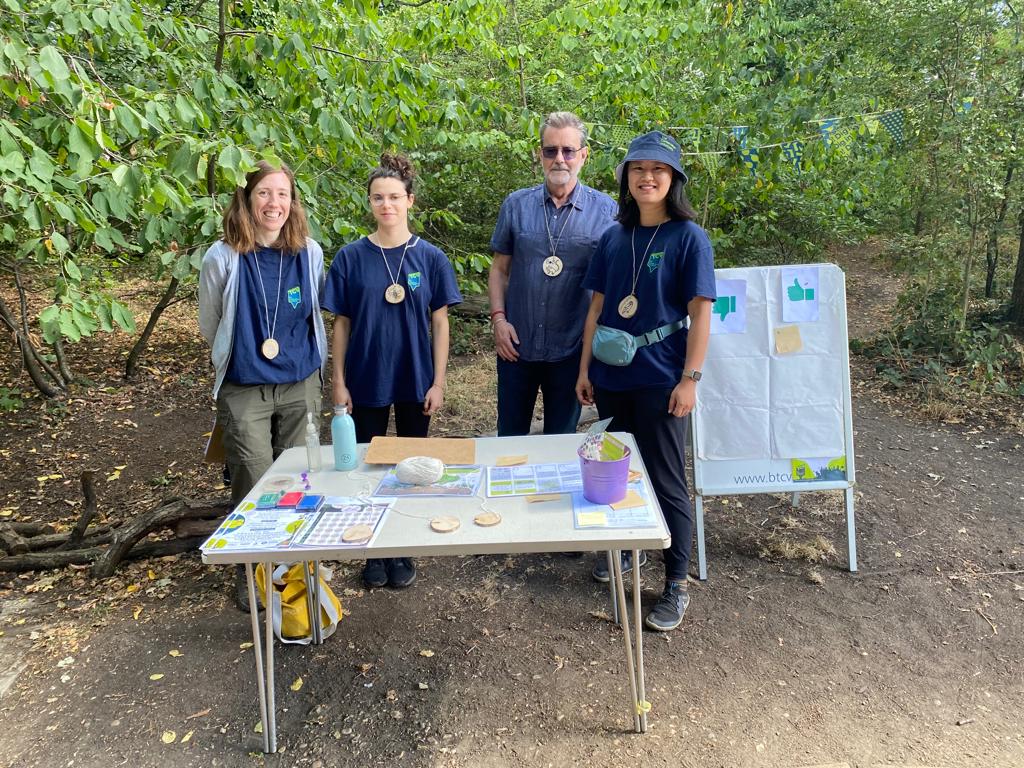
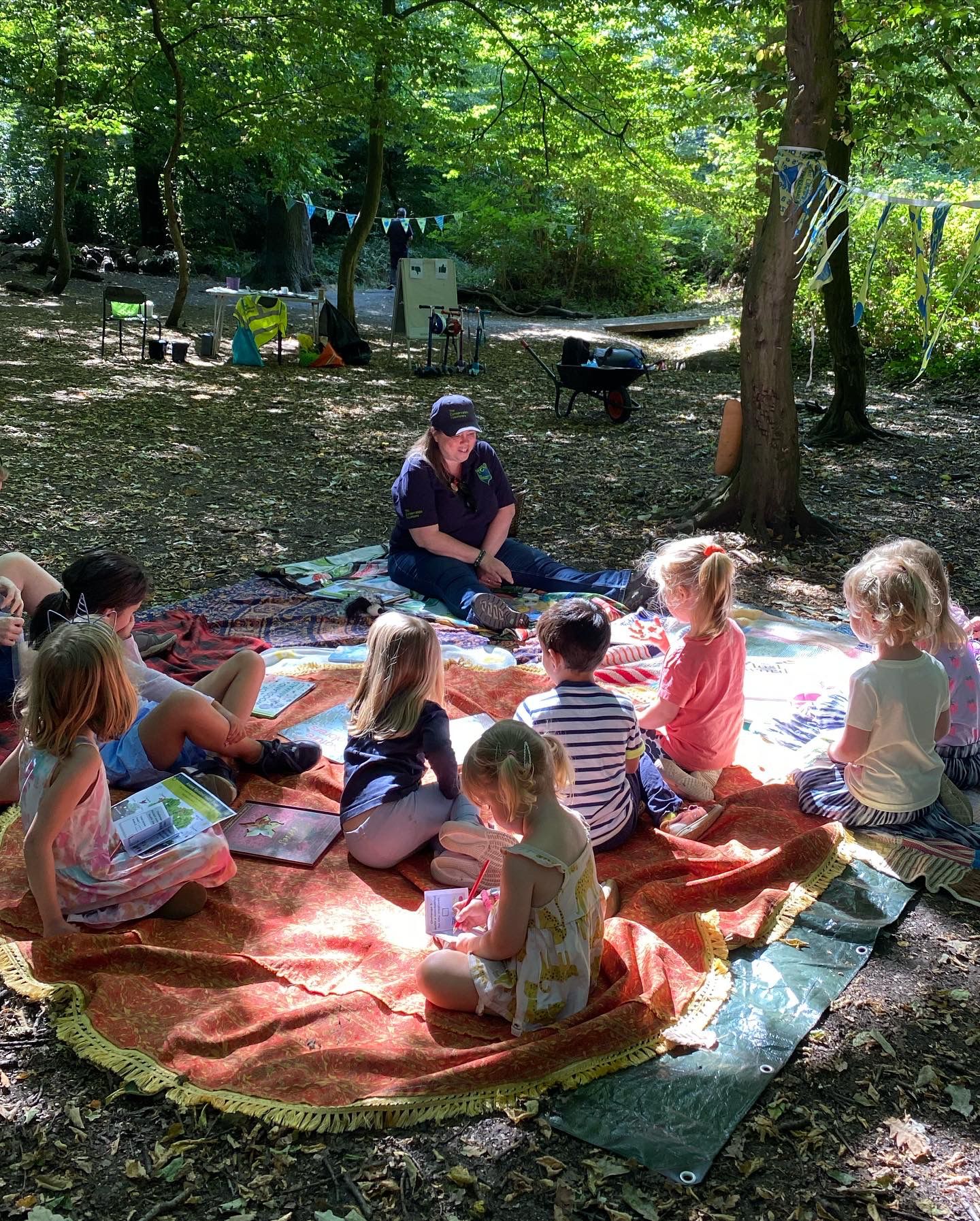
Next steps
In summer 2022, Tom Ottoway, from the Woodland Trust, will provide Ancient Woodland Restoration (AWR) reports for each wood, noting floral hotspots and species identified during surveys. The AWR reports will highlight ancient woodland features present within the woodlands, while also indicating the main threat to these features. For example, identifying important ancient woodland flora that are threatened by soil erosion caused by footfall.
Later this year, to ensure that future management of the woods is informed by as much evidence as possible, another project partner, Russell Miller, an arboriculture and ecological consultant, will help to gather and interpret ecological data that has already been collected. This will involve engaging and working with Friends of Groups, local recorders, and GiGL.
This autumn, TCV and members of Friends of Groups will mark out Fixed Point Photography locations and set up a photo stream to capture how areas of the woodland change over time.
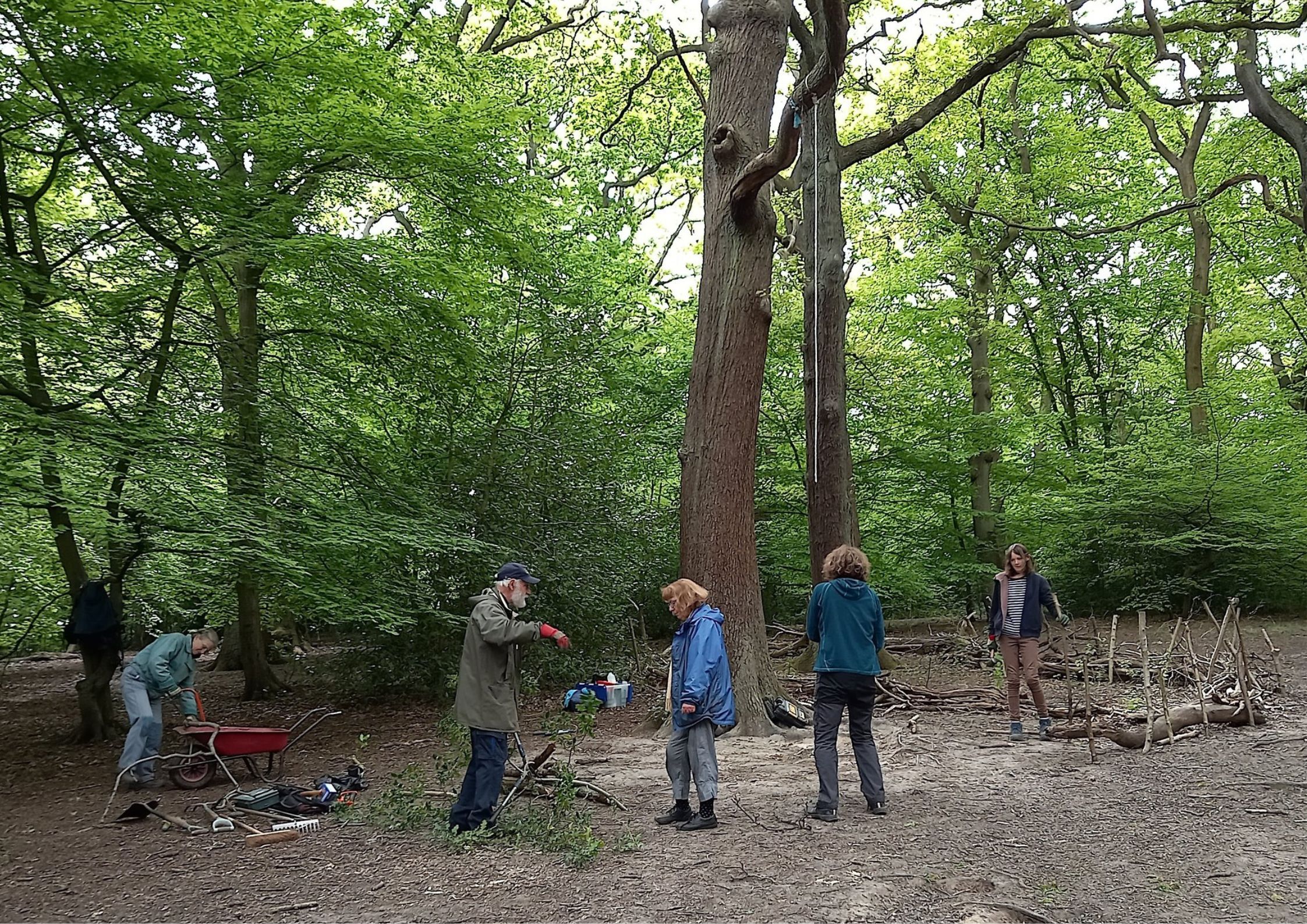
How to get involved
How to get involved
To find out more about the woods, the activities taking place in them and how to get involved, please go to these respective webpages and social media:
- Friends of Queen’s Wood – https://www.fqw.org.uk/
- Friends of Bluebell Wood – https://www.facebook.com/BluebellWoodLondon/
- Friends of Coldfall Wood – https://coldfallwoods.co.uk/
- TCV, Haringey – https://www.tcv.org.uk/london/haringey/
- LB Haringey – https://www.haringey.gov.uk/environment-and-waste/nature-and-conservation/conservation/ancient-woodlands
Project Team
Annabel Foskett,
Principle Commissioning Officer Nature Conservation Haringey Council.
Tom Ottoway, Woodland Trust,
The Woodland Trust is a charity working with the Council to provide ancient woodland support and advice.
Simon Mason, Soil Science Consultants Limited,
Soil Science Consultants Limited is an independent soil science and contaminated land consultancy providing independent Soil and Environmental Consultancy Services.
Russell Miller, Arboriculture and Ecology Consultant,
Providing Ecological Data and Management, stakeholder engagement and management objectives.
Mat Pendergast, The Conservation Volunteers (TCV),
Bringing local people together to carry out nature conservation works via volunteers.
MKA Ecology, https://mkaecology.co.uk/,
Experienced in all aspects of ecological consultancy from habitat assessment and protected species survey, to licensing mitigation and monitoring.
London Invasive Species Initiative, http://www.londonisi.org.uk/,
The London Invasive Species Initiative (LISI) helps to address the environmental and economic problems caused by invasive non-native species within the Greater London area.


Until you get rid of non native invasive species, grey squirrel, muntjac and ring necked parakeet for example you will not be able to increase biodiversity especially for bird species.
This is the same for all UK woodlands plagued by these species.
If you can eradicate them then you may be successful in your aims, otherwise it won’t happen.
Socially controversial but necessary.
Great concept and planning. Lots of people will be interested, I’m sure, and certainly The Friends of Coldfall Wood are on board.